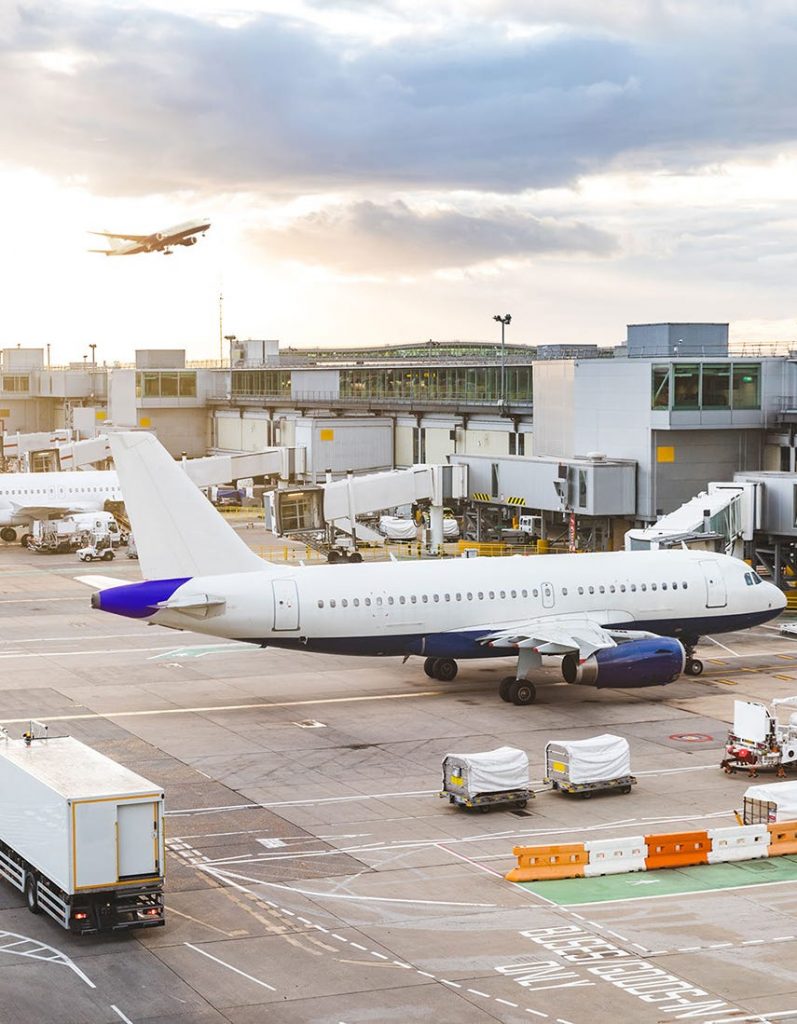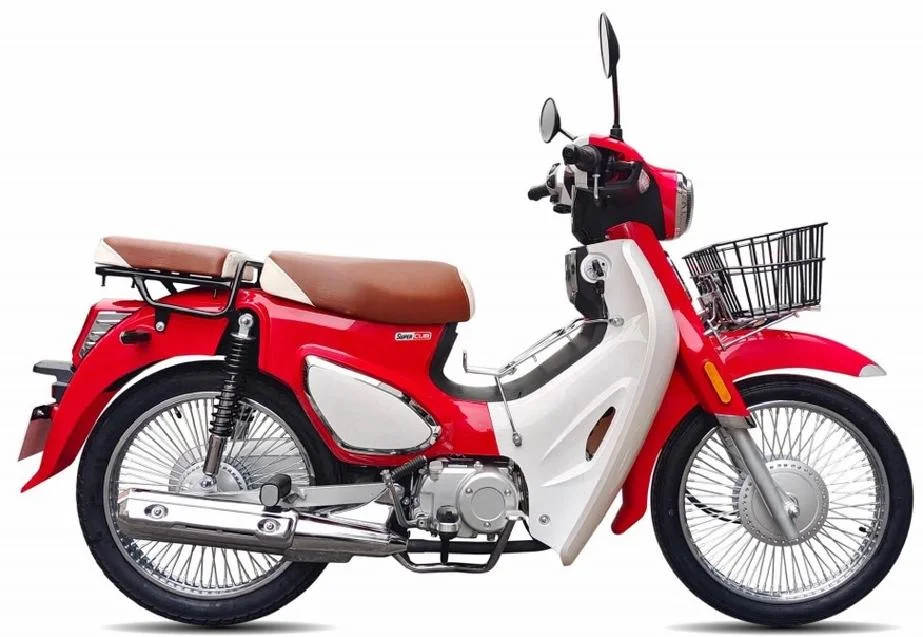The Safest Method of Transportation: Unveiling the Ultimate Safety Measures

In today's fast-paced world, transportation plays a vital role in our daily lives. With various modes of transportation available, it is crucial to prioritize safety when choosing how to travel. In this article, we will explore the safest method of transportation, considering multiple factors such as accident rates, safety features, and industry regulations.
- Air Travel: The Epitome of Safety
Air travel has long been regarded as one of the safest methods of transportation. With stringent safety regulations, advanced technology, and highly trained professionals, the aviation industry has made remarkable strides in ensuring passenger safety. From rigorous maintenance checks to comprehensive pilot training programs, every aspect of air travel is meticulously designed to minimize risks.
a. Safety Features:
Modern aircraft are equipped with state-of-the-art safety features, including advanced navigation systems, redundant control systems, and enhanced emergency evacuation procedures. These features, combined with strict safety protocols, contribute to the exceptional safety record of air travel.
b. Accident Rates:
Statistically, air travel has the lowest accident rate compared to other modes of transportation. According to the International Air Transport Association (IATA), the global accident rate for commercial airlines in 2019 was just 0.27 accidents per million flights, making it an incredibly safe choice.
- Rail Transportation: A Reliable and Secure Option
Rail transportation is another mode that boasts a commendable safety record. With dedicated tracks, controlled environments, and continuous monitoring, trains offer a reliable and secure means of travel.
a. Safety Measures:
Rail operators prioritize safety through regular track inspections, maintenance of rolling stock, and adherence to strict safety protocols. Additionally, advanced signaling systems and automatic train control systems contribute to accident prevention and passenger safety.
b. Accident Rates:
While accidents can still occur, rail transportation has a relatively low accident rate compared to other modes. The implementation of safety measures and continuous improvements in infrastructure have significantly reduced the likelihood of accidents.
- Maritime Travel: Navigating the Seas Safely
Maritime travel, including cruises and ferries, has undergone significant safety enhancements in recent years. Although high-profile incidents have garnered attention, the industry has responded by implementing stringent safety measures.
a. Safety Regulations:
International maritime organizations have established comprehensive safety regulations, such as the International Convention for the Safety of Life at Sea (SOLAS). These regulations cover various aspects, including ship construction, emergency procedures, and crew training, ensuring a safer maritime experience.
b. Safety Features:
Modern ships are equipped with advanced navigation systems, life-saving equipment, and improved fire suppression systems. Additionally, regular safety drills and crew training programs enhance preparedness and passenger safety.
Conclusion:
When it comes to choosing the safest method of transportation, air travel stands out as the epitome of safety, with its exceptional safety features, low accident rates, and stringent regulations. However, rail transportation and maritime travel have also made significant strides in ensuring passenger safety. Ultimately, the choice of transportation mode depends on individual preferences, destinations, and other factors. Regardless of the chosen method, prioritizing safety should always be paramount.




